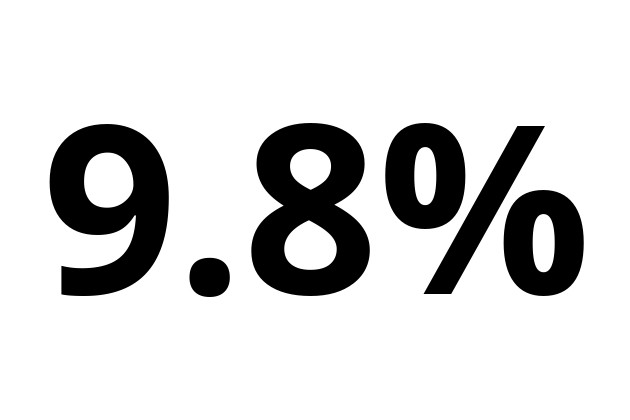Responding to a parliamentary question from Fernand Kartheiser (ADR), Claude Turmes (déi gréng) explained that by law consumers are able to choose where their energy comes from. Some 36.2% of energy came from fossil fuels, with natural gas providing 8.9% of needs in 2017, cogeneration 15.1%, lignite 5.5% and oil 5.2%.
Sustainable energy sources, meanwhile, provided 53.9% of consumers’ needs, with hydroelectric providing the lion’s share at 41.6%, followed by wind (7.4%), biomass and biogas (3.1%), and solar energy (1.8%).
Luxembourg’s government is currently focusing its efforts on awareness raising around sustainable energy under the Myenergy platform, Turmes said in response to a separate question from Henri Kox (déi gréng). The platform offers advice and services for communes, for example on how to create a sustainable energy cooperative.
“The government plans to raise public awareness of the promotion of sustainable energy and climate protection in general during 2019 via different activities which it plans to lead,” Turmes wrote. Among other things, it will publish a solar map, highlighting the areas receiving maximal sunlight to inform anyone wishing to install solar panels.
According to the latest EurObserv’Er photovoltaic barometer, Luxembourg collected 134 MW from photovoltaics in 2018, up only slightly from 132.1 in 2017.

